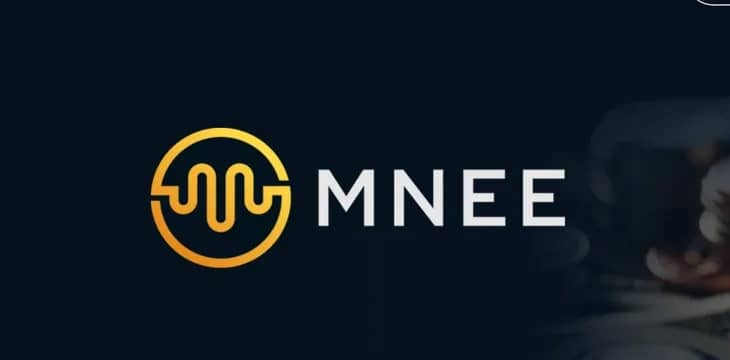订阅 wiki
Share wiki
Bookmark
MNEE
MNEE
MNEE is a USD-backed stablecoin designed to provide a stable medium for digital payments and cross-border transactions. The project aims to maintain a 1:1 peg with the U.S. dollar and is regulated by the Financial Services Regulatory Commission (FSRC) in Antigua and Barbuda.
Overview
MNEE, also known as MNEE USD Stablecoin, was developed to address inefficiencies in the traditional payments industry by offering a digital currency solution that is designed to be efficient, secure, and low-cost. The core function of MNEE is to serve as a stable store of value and medium of exchange in the digital asset ecosystem, pegged to the U.S. dollar. The project's vision is to operate as a "robust and nimble cross-chain stablecoin," with a particular focus on providing comprehensive tools for developers, product designers, and platform architects who wish to integrate stablecoin payments into their applications and services. [1] [2]
To maintain its peg to the USD, each MNEE token in circulation is fully collateralized by a reserve of assets. These reserves consist of U.S. Treasury bills, cash held in U.S. dollars, and other cash equivalents. This collateralization model is intended to ensure that every token can be redeemed for $1.00 USD. The project emphasizes adherence to global regulatory standards and transparency, stating its commitment to rigorous risk management and providing regular attestation reports on its reserves. The company is headquartered in Antigua and operates under the regulatory oversight of the local Financial Services Regulatory Commission (FSRC). [1] [3]
The project's stated goal is to "make money move smarter" by facilitating instant transactions at a low cost. While initially launched on the Ethereum blockchain, a significant part of MNEE's long-term strategy involves integration with the BSV blockchain. This planned expansion is highlighted as a key differentiator, aimed at leveraging BSV's purported capabilities for high transaction throughput and minimal fees to enhance the accessibility and utility of the stablecoin for a wide range of financial applications, including micropayments. [2] [1]
Tokenomics
The tokenomics of MNEE are designed to support its function as a stablecoin pegged to the U.S. dollar. The supply is elastic and directly correlated with the value of the assets held in its reserve.
- Token Name: MNEE USD Stablecoin
- Ticker: $MNEE
- Blockchain: Ethereum
- Token Standard: ERC-20
The total supply of MNEE is not fixed or capped. Instead, it is determined by market demand. New MNEE tokens are minted when users deposit U.S. dollars or equivalents into the reserve, and tokens are burned when users redeem their MNEE for fiat currency. This mechanism ensures that the number of tokens in circulation is always fully backed by the collateral held in the reserve, which is essential for maintaining the 1:1 peg. As of late 2024, the total and circulating supply of MNEE was approximately 83.1 million tokens, corresponding to a market capitalization of around $83.2 million. [3] [1]
Team
The MNEE project was founded by Ronnie Tarter, who leads the Antigua-based company. Tarter's professional background combines experience in both corporate law and finance. Prior to founding MNEE, he worked as a lawyer at Fasken Martineau DuMoulin LLP, a major Canadian corporate law firm. This experience in the legal field is relevant to navigating the complex regulatory landscape of stablecoins and digital assets. [1]
Tarter's academic qualifications include a Master of Business Administration (MBA) from the Schulich School of Business and a Juris Doctor (JD) from Osgoode Hall Law School. He also holds a Bachelor of Arts (BA) in Media, Information and Technoculture from the University of Western Ontario. This multidisciplinary educational background provides a foundation in business, law, and technology, which are central to the development and management of a financial technology project like MNEE. [1]
发现错误了吗?
